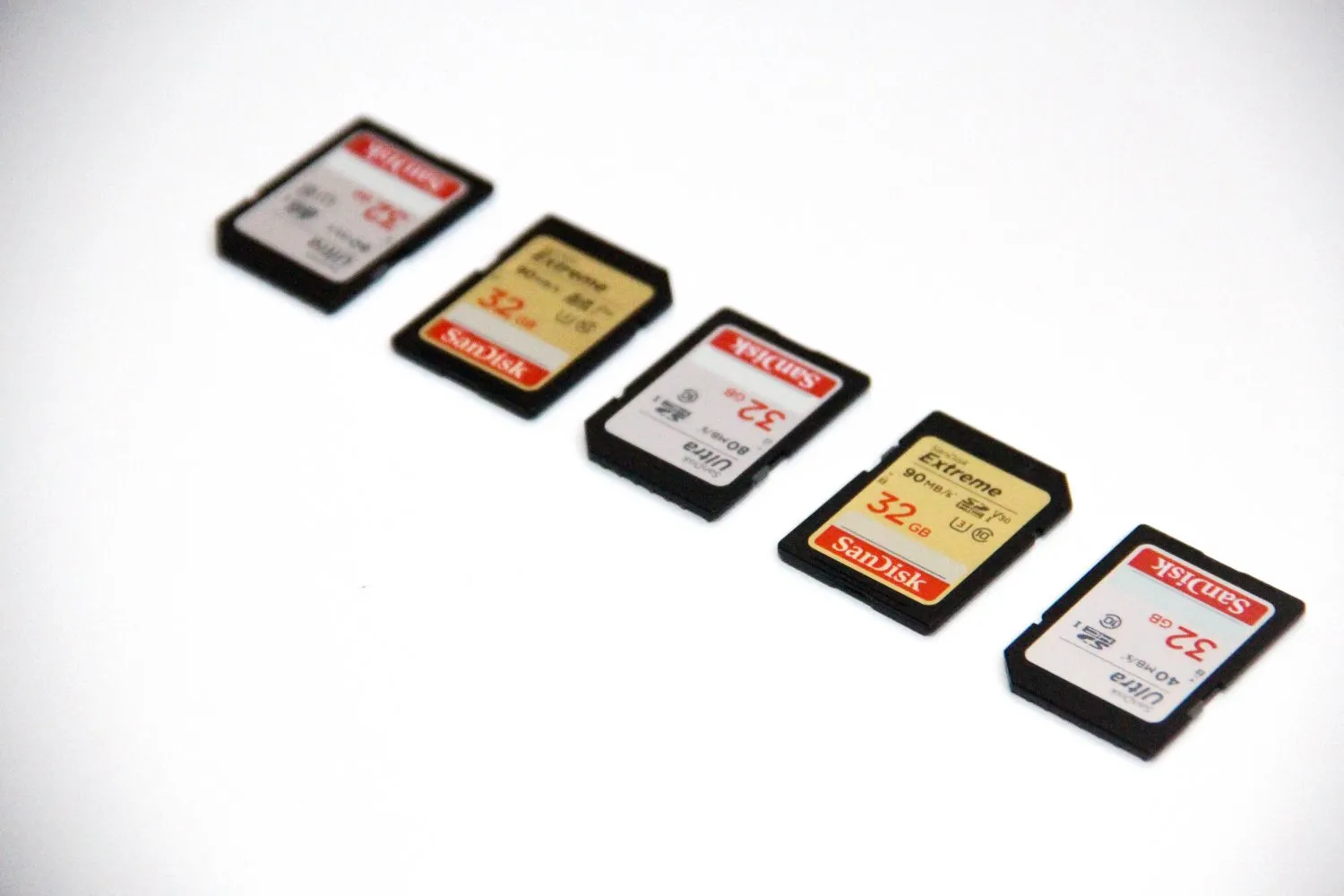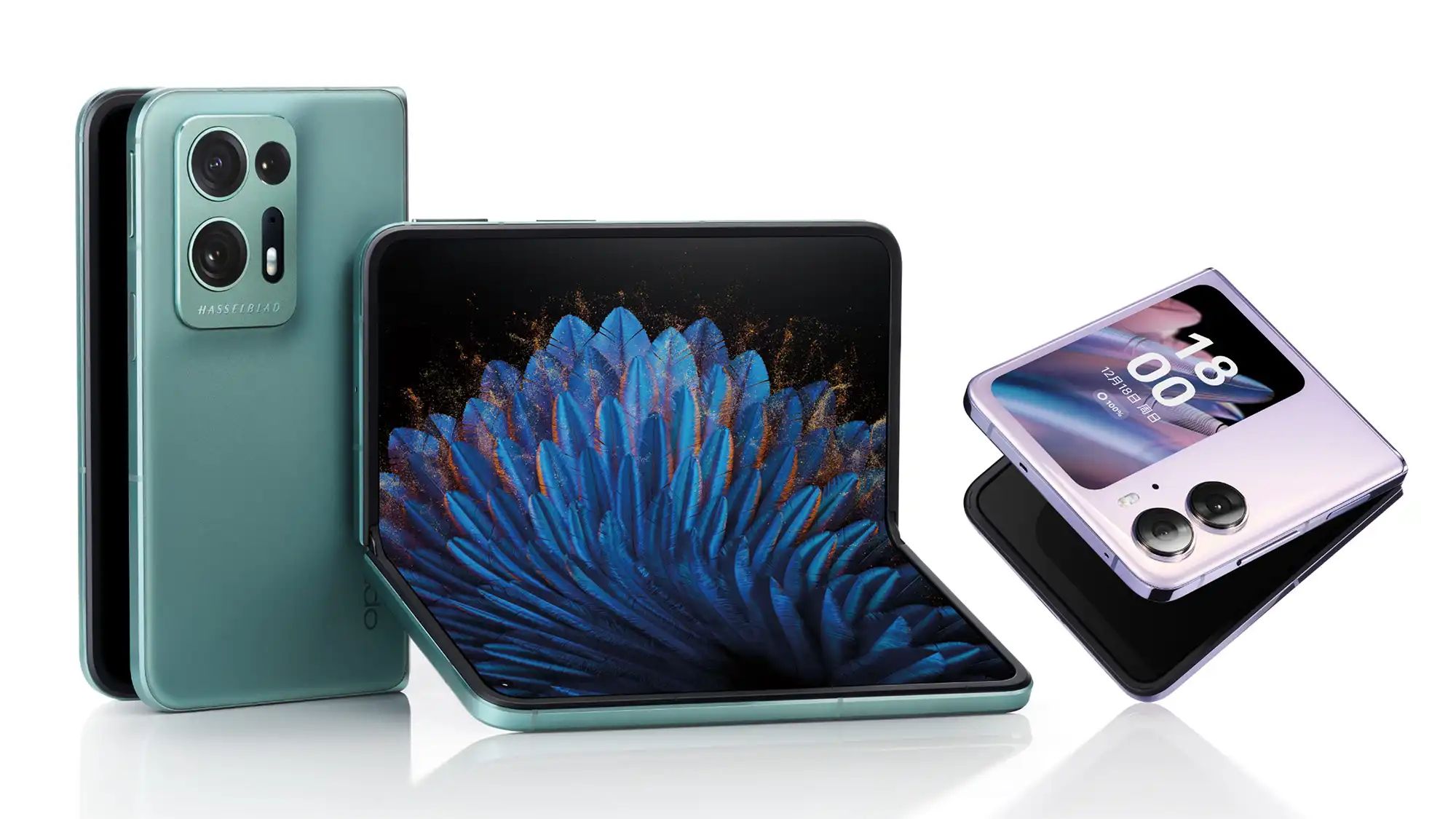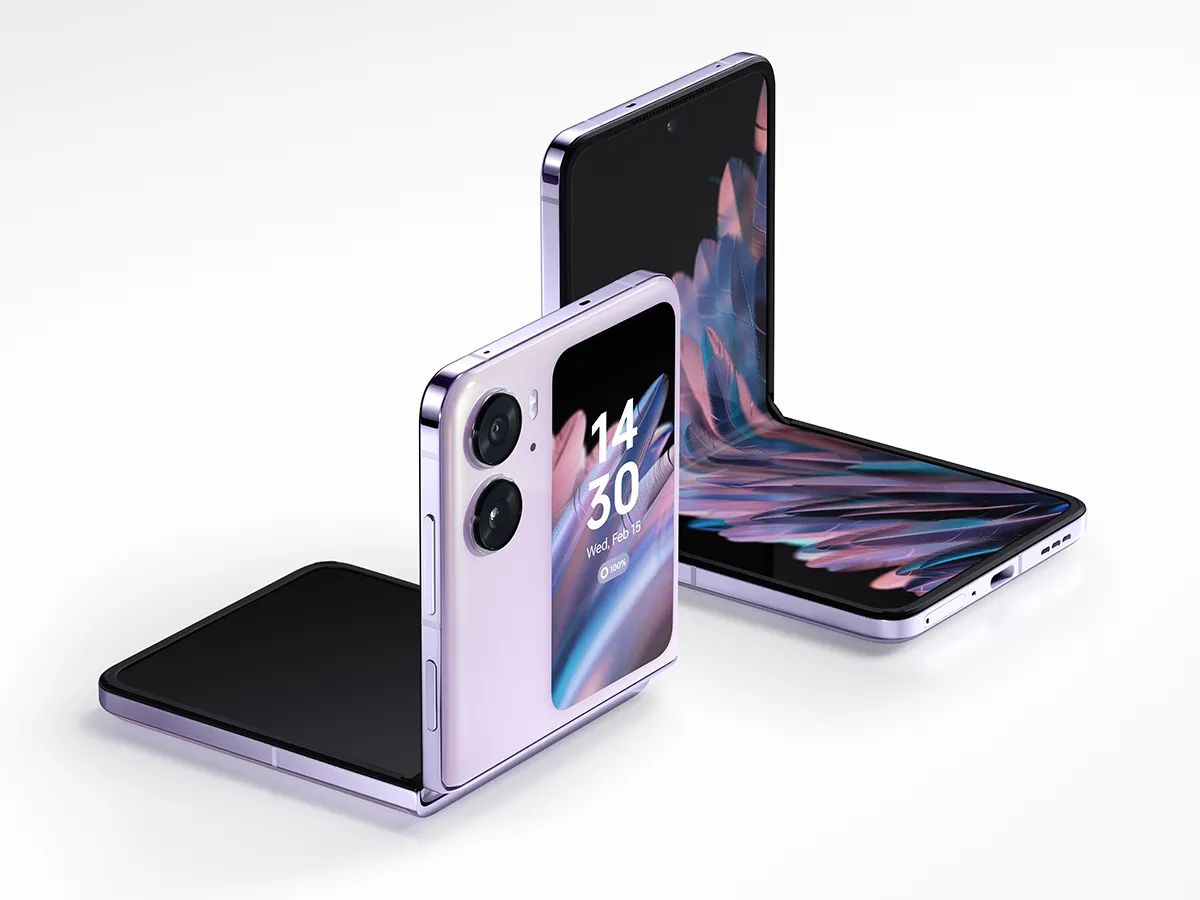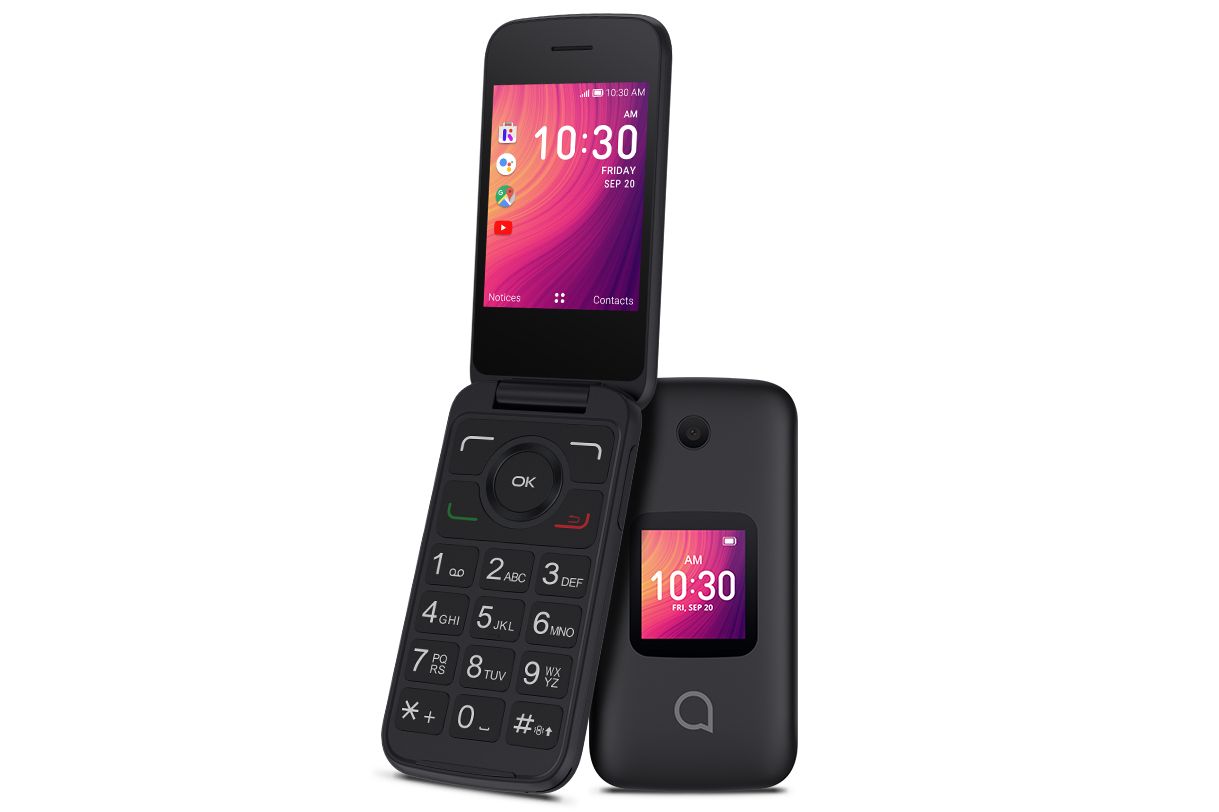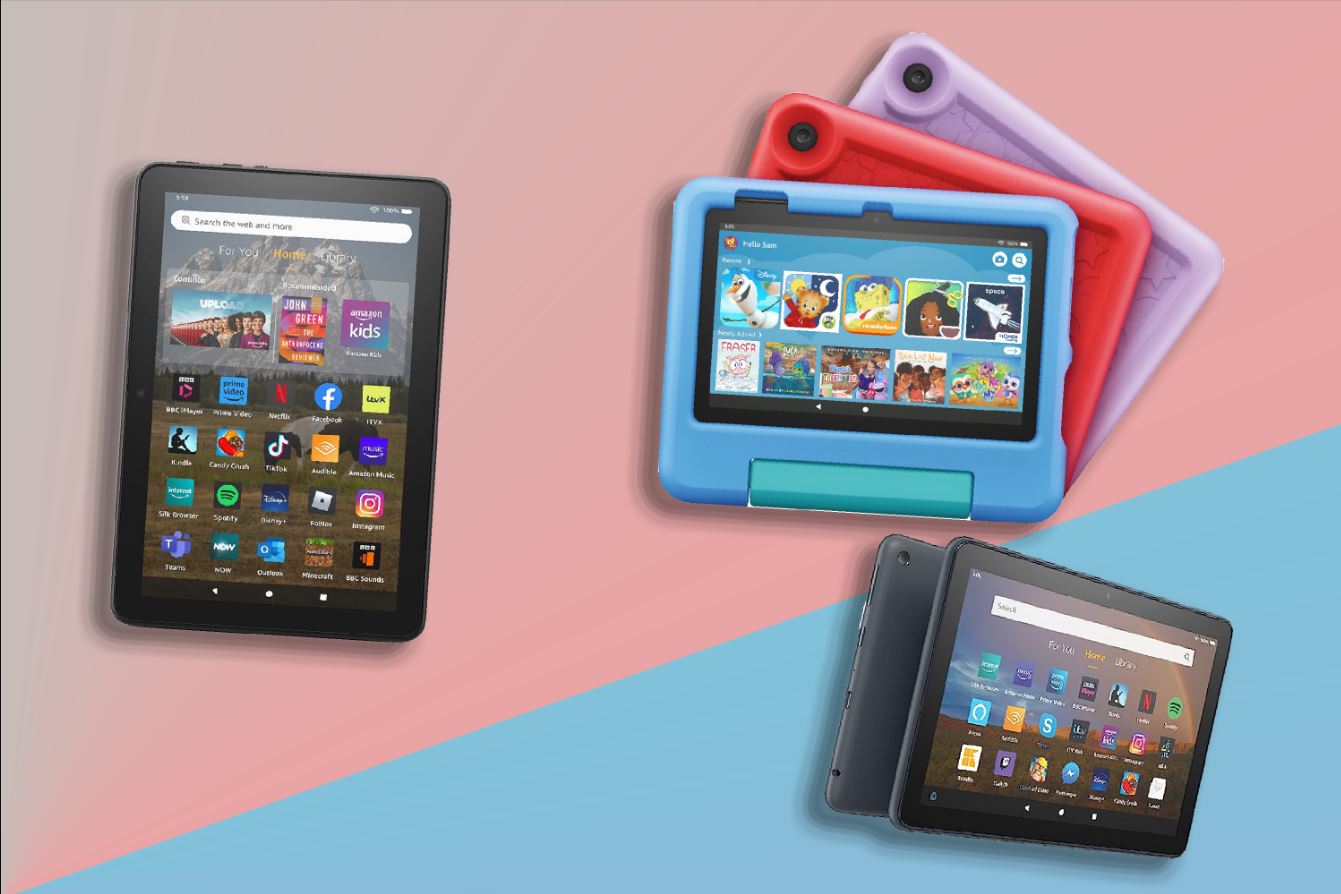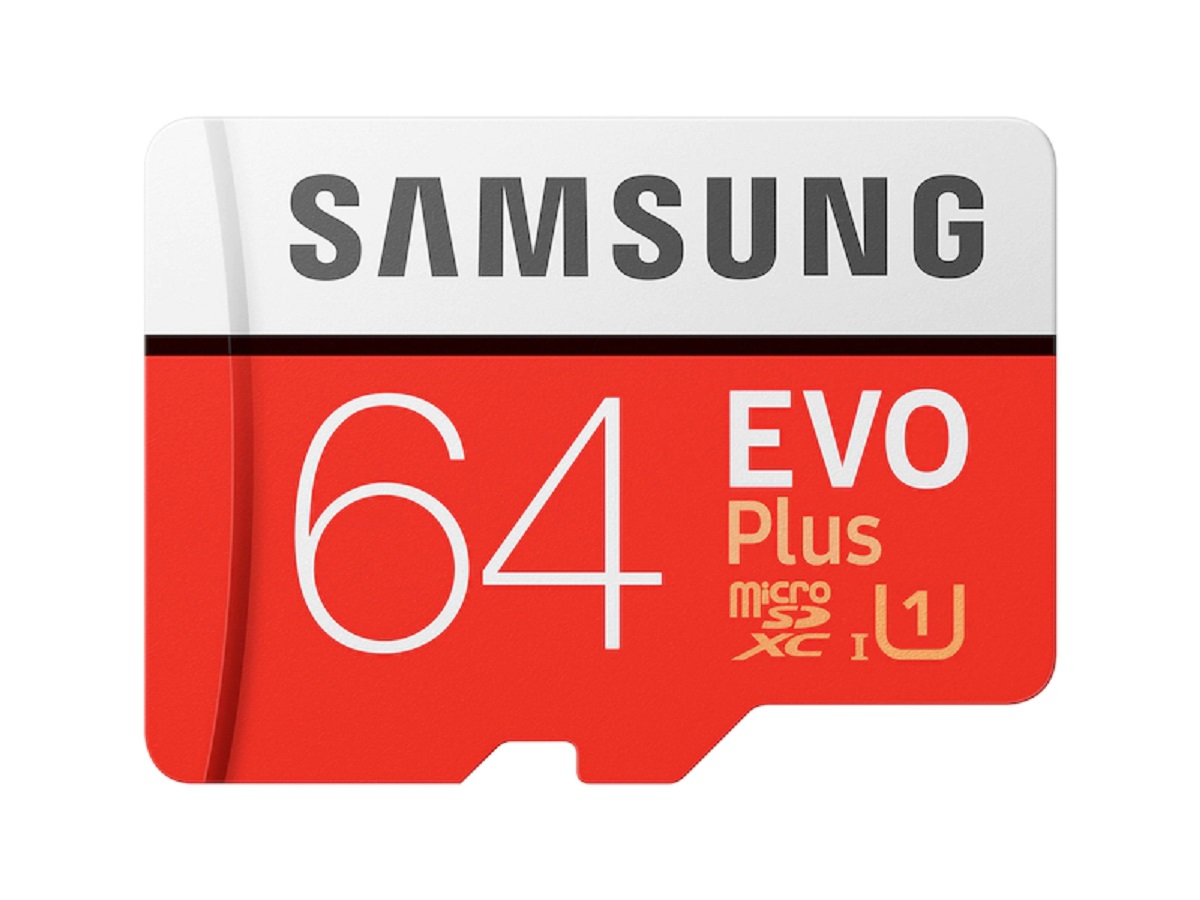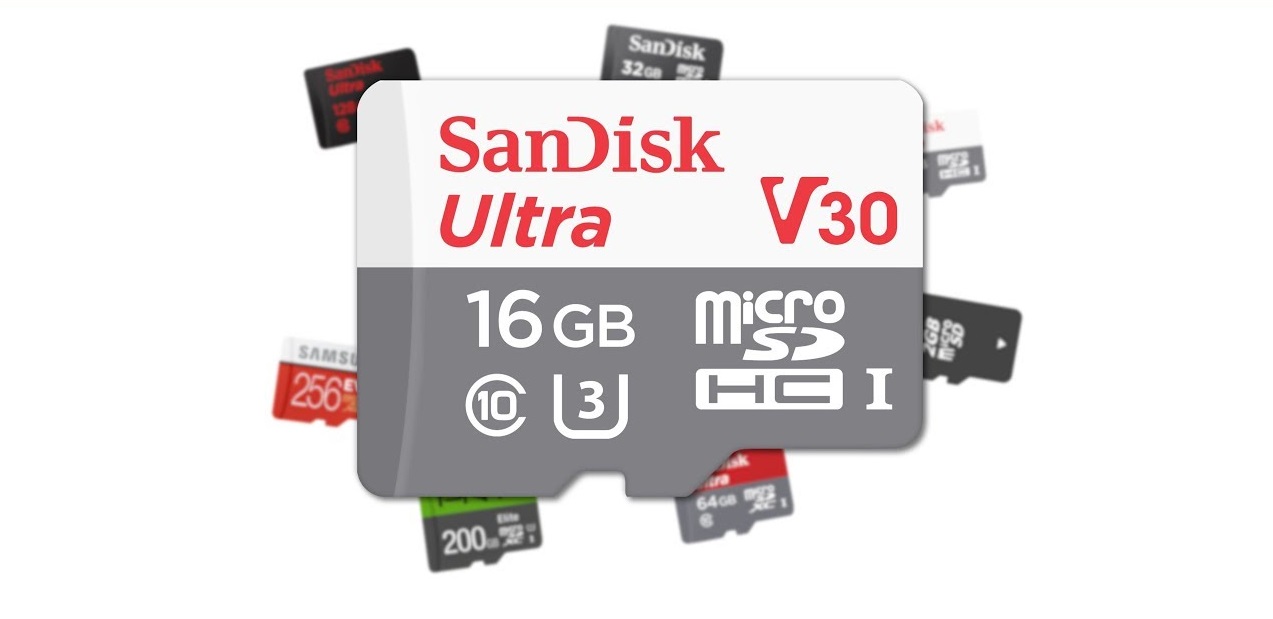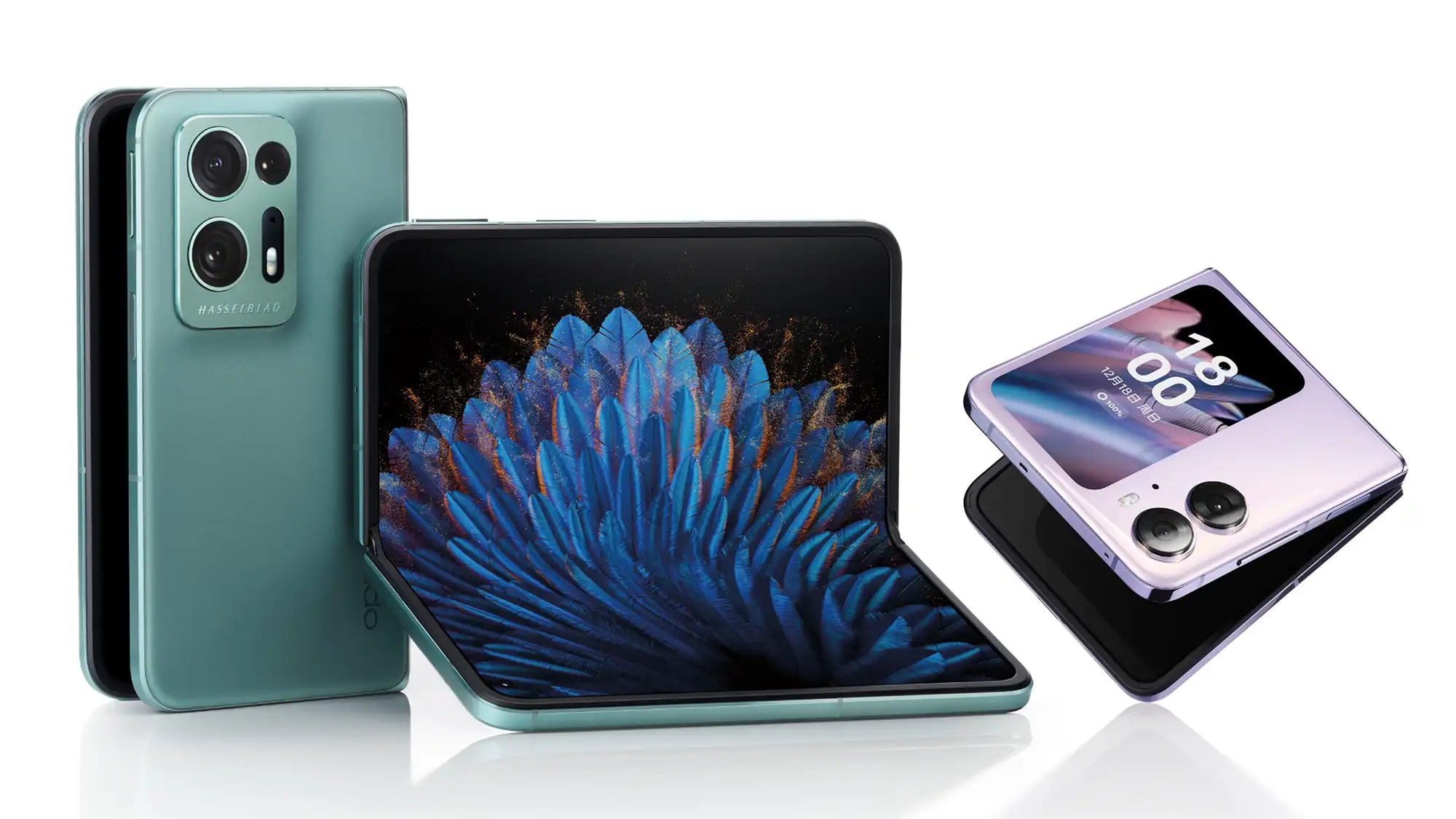Introduction
An SD card is an essential accessory for anyone who owns a camera. Whether you are a professional photographer or an amateur enthusiast, having the right SD card can greatly enhance your photography experience. But with so many options available, it can be overwhelming to choose the right SD card for your camera. In this article, we will guide you through the process of selecting the perfect SD card for your camera by considering various factors.
SD stands for Secure Digital, and it is a small, portable storage device that is widely used in digital cameras to store photos, videos, and other data. It is a reliable, convenient, and affordable solution for expanding your camera’s storage capacity.
When it comes to choosing an SD card for your camera, there are several factors to consider. The first and foremost is the compatibility of the SD card with your camera. Different cameras support different types and capacities of SD cards, so it is important to check your camera’s specifications and requirements.
There are different types of SD cards available in the market, including SDHC (Secure Digital High Capacity), SDXC (Secure Digital Extended Capacity), and microSD cards. SDHC cards have a storage capacity ranging from 4GB to 32GB, while SDXC cards can have a capacity of up to 2TB. MicroSD cards are smaller versions of SD cards and are commonly used in smartphones and action cameras.
The capacity of the SD card is another crucial factor to consider. It determines how many photos and videos you can store on the card. The capacity of SD cards ranges from a few gigabytes to several terabytes. To determine the right capacity for your needs, you should consider your shooting habits and the types of photography you engage in.
If you often shoot in RAW format or record high-definition videos, you will require a higher capacity SD card to accommodate the larger file sizes. On the other hand, if you primarily shoot in JPEG format or capture short videos, a smaller capacity SD card might suffice.
In addition to capacity, speed is also an important consideration. The speed of an SD card determines how quickly data can be read from or written to the card. This is particularly important when shooting in burst mode, recording high-definition videos, or transferring files to your computer. SD card speed is indicated by a class rating or a UHS (Ultra High-Speed) rating.
Aside from the factors mentioned above, there are other important considerations to keep in mind when choosing an SD card for your camera. These include brand reputation, warranty, and price. It is recommended to opt for reputable brands that offer reliable and durable SD cards, and always purchase from trusted sources to avoid counterfeit products.
By carefully considering these factors, you can choose the perfect SD card that meets your camera’s requirements and offers ample storage and speedy data transfer. In the following sections, we will delve deeper into each of these factors to help you make an informed decision.
What is an SD Card?
An SD card, which stands for Secure Digital card, is a small portable storage device widely used in various electronic devices, including digital cameras, smartphones, tablets, and even laptops. It serves as a reliable and convenient solution for expanding the storage capacity of these devices.
Physically, an SD card is a small rectangular piece that measures 24mm wide and 32mm long. It is a non-volatile memory card that uses flash memory to store data, making it compatible with a wide range of devices.
SD cards are available in different capacities, ranging from a few gigabytes to several terabytes, allowing users to store and transfer photos, videos, documents, and other types of data. The storage capacity of an SD card determines how much data it can hold. A higher capacity SD card will accommodate more files, while a lower capacity one will have a more limited storage capability.
The SD card’s primary purpose in a digital camera is to store the images and videos captured by the camera. When you take a photo or record a video, the data is saved directly onto the SD card. This allows you to easily transfer the files to your computer or other devices for further processing, editing, or sharing.
One of the advantages of using an SD card is its portability. You can easily remove the SD card from one device and insert it into another compatible device without any hassle. This makes it convenient for photographers who often switch between different cameras or need to transfer their files to various devices.
SD cards also offer durability and reliability. They are designed to withstand various environmental conditions such as temperature fluctuations, moisture, and physical impacts. This makes them suitable for use in different photography scenarios, including outdoor adventures and challenging shooting conditions.
In addition to traditional SD cards, there are also smaller versions available called microSD cards. These ultra-compact cards are commonly used in smartphones, action cameras, and other devices with limited space. MicroSD cards offer the same functionality as regular SD cards but in a smaller form factor.
Overall, an SD card is an essential component for anyone who uses a digital camera, as it provides the necessary storage capacity to capture and store your precious memories. With its convenience, portability, and reliability, an SD card is a must-have accessory for photographers of all skill levels.
What Factors to Consider
When choosing an SD card for your camera, there are several important factors to consider to ensure optimal performance and compatibility. These factors will help you make an informed decision and select the right SD card for your specific photography needs:
Camera Specifications and Requirements: First and foremost, it is crucial to check your camera’s specifications and requirements. Different cameras have different SD card compatibility, such as supporting specific card types (e.g., SDHC, SDXC) or maximum capacity limits. Refer to your camera’s user manual or manufacturer’s website for the recommended SD card specifications.
Types of SD Cards: SD cards come in different types, including SDHC, SDXC, and microSD. SDHC cards have storage capacities ranging from 4GB to 32GB, while SDXC cards have capacities beyond 32GB, up to 2TB or more. MicroSD cards are smaller versions mainly used in smartphones and action cameras. Consider which SD card type is compatible with your camera and suits your needs.
Capacity: The capacity of an SD card determines how much data it can store. For photographers who capture high-resolution images, shoot in RAW format, or record high-definition videos, larger capacity SD cards are recommended. However, if you primarily shoot in JPEG format or capture shorter videos, a smaller capacity SD card may suffice. Assess your storage requirements and shooting habits to determine the right capacity for your needs.
Speed Class Ratings: SD cards have different speed class ratings that indicate their read and write speeds. The speed class ratings determine how quickly data can be read from or written to the card. The higher the speed class rating, the faster the data transfer. Speeds are denoted by Class 2, 4, 6, and 10, with Class 10 being the fastest. For professional photographers or those who shoot high-speed bursts or record high-quality videos, a higher speed class rating is recommended for smoother performance.
Respected Brands and Quality: It’s always advisable to choose SD cards from respected and reputable brands. Reliable brands often prioritize quality and reliability, ensuring that their SD cards meet industry standards and are more likely to provide consistent performance. Trusted brands also typically offer longer warranties, providing reassurance for any possible card failures or issues.
Price: While it’s important to consider your budget, it is recommended not to compromise too much on quality in favor of a lower price. Opt for a reliable and well-performing SD card within your budget. Keep in mind that cheaper, lower-quality cards may lead to slower performance, data corruption, or even card failure, which can result in potential loss of valuable photos or videos.
Additional Features: Some SD cards may come with extra features such as built-in Wi-Fi, ruggedness, or waterproof capabilities. These features can be advantageous depending on your specific photography requirements and shooting conditions. Assess whether these additional features align with your needs and consider them as part of your decision-making process.
By considering these factors, you can confidently select the most suitable SD card for your camera. Understanding your camera’s compatibility, desired capacity, speed requirements, brand reputation, and additional features will ensure that you make an informed choice and benefit from optimal performance and reliability.
Camera Specifications and Requirements
Understanding your camera’s specifications and requirements is essential when choosing an SD card. Different cameras have specific compatibility and support for certain SD card types and capacities. To ensure a seamless experience and optimal performance, it is important to consider the following aspects:
Supported SD Card Types: Some cameras may only support specific SD card types, such as SDHC or SDXC. SDHC (Secure Digital High Capacity) cards have capacities ranging from 4GB to 32GB, while SDXC (Secure Digital Extended Capacity) cards go beyond 32GB, up to 2TB or more. Be sure to check your camera’s compatibility with these card types to ensure it can read and write data correctly.
Maximum Capacity Limit: Cameras also have limitations on the maximum capacity of the SD card they can support. This information is usually specified in the camera’s user manual or available on the manufacturer’s website. Exceeding the maximum capacity limit may lead to compatibility issues and potential data loss. It’s important to select an SD card with a capacity that falls within your camera’s recommended range.
Formatting Requirements: Cameras often have specific formatting requirements for SD cards. It is recommended to format the SD card using the camera’s built-in formatting function to ensure compatibility and optimal performance. Formatting an SD card in a computer or another device may result in format discrepancies that can hinder proper usage.
Buffer Writing Speed: Some high-end cameras have a buffer memory that temporarily stores images before writing them to the SD card. The speed of the SD card plays a crucial role in how quickly the camera can clear the buffer and continue shooting. If you frequently shoot in high-speed bursts, it is recommended to choose an SD card with a higher speed class rating to ensure fast buffer clearing and uninterrupted shooting.
Video Recording Specifications: For photographers who frequently record videos, it is important to consider the camera’s video recording capabilities. High-definition video recording, especially at higher frame rates, requires a faster SD card with a high-speed class rating to ensure smooth and uninterrupted recording. Check the camera’s recommended SD card specifications for video recording to avoid any limitations or performance issues.
Camera Firmware Updates: In some cases, camera firmware updates may improve compatibility, performance, or add support for higher capacity SD cards. It’s a good practice to stay updated with the latest firmware releases for your camera. Check the manufacturer’s website or contact their support to ensure that your camera is compatible with the latest SD card technologies.
By considering your camera’s specifications and requirements, you can choose an SD card that is fully compatible, ensuring optimal performance, and preventing any potential issues or data loss. Refer to your camera’s user manual or reach out to the manufacturer for detailed information on SD card compatibility and specifications.
Types of SD Cards
When selecting an SD card for your camera, it’s important to understand the different types available in the market. Each type has its own unique characteristics and usage scenarios. Let’s explore the various types of SD cards:
Standard SD Cards: The standard SD card, also known as SDSC (Secure Digital Standard Capacity), is the most common type of SD card. It has storage capacities ranging from a few megabytes to 2GB. While not commonly used in modern cameras due to their limited storage capacity, they may still be compatible with older models or other devices that require smaller capacity cards.
SDHC (Secure Digital High Capacity) Cards: SDHC cards were introduced to overcome the storage limitations of standard SD cards. With capacities ranging from 4GB to 32GB, they are suitable for most consumer-grade digital cameras. SDHC cards use the FAT32 file system, and they are commonly compatible with cameras that were released after 2006.
SDXC (Secure Digital Extended Capacity) Cards: SDXC cards offer even larger storage capacities, starting from 64GB up to 2TB or more. They use the exFAT file system, allowing for higher capacities and faster transfer speeds. SDXC cards are recommended for photographers who capture high-resolution images, shoot in RAW format, or record long videos.
microSD Cards: microSD cards are smaller versions of SD cards and are commonly used in smartphones, action cameras, drones, and other compact devices. They provide the same functionality as standard SD cards but in a smaller form factor. To use a microSD card in a camera that only accepts standard SD cards, an adapter is required.
It’s important to check your camera’s compatibility and requirements before purchasing an SD card. The majority of modern cameras support SDHC and SDXC cards, allowing you to choose the appropriate capacity based on your needs. However, it’s always a good idea to refer to your camera’s user manual or manufacturer’s website to ensure compatibility.
When it comes to choosing between SDHC and SDXC cards, consider your storage requirements. If you primarily shoot JPEG images or short videos, an SDHC card may be sufficient. However, for photographers who shoot in RAW format or record high-definition videos, an SDXC card with a larger capacity will be more suitable.
MicroSD cards are a popular choice for devices with limited space, such as smartphones and action cameras. If your camera supports microSD cards, they offer a convenient option for expanding storage capacity without adding bulk to your device.
Remember, the type of SD card you choose should be compatible with your camera’s specifications and meet your storage needs. Understanding the different types of SD cards will help you make an informed decision and ensure smooth performance when capturing and storing your precious moments.
What Capacity Should You Choose
Choosing the right capacity for your SD card is crucial to ensure you have enough storage for your photography needs. The capacity of an SD card determines how many photos, videos, and other files you can store. When deciding on the capacity, consider the following factors:
Shooting Habits and File Types: Assess your shooting habits and the types of files you frequently capture. If you mainly shoot in JPEG format, which has smaller file sizes, a lower capacity SD card may suffice. On the other hand, if you shoot in RAW format, which produces larger file sizes but allows for greater post-processing flexibility, a higher capacity card is recommended. Additionally, if you capture a lot of high-definition videos, which also have larger file sizes, a larger capacity SD card will better accommodate your needs.
Type of Photography: The type of photography you engage in can influence the capacity that is suitable for you. For casual or hobbyist photographers who capture photos occasionally, a lower capacity SD card may be sufficient. However, for professional photographers or those who frequently engage in photography sessions or events, a larger capacity card is essential to ensure you don’t run out of storage space midway through a shoot.
Financial Considerations: While it can be tempting to go for the largest capacity SD card available, it’s also important to consider your budget. Higher capacity SD cards are typically more expensive than lower capacity ones. Evaluate your budget and determine how much you are willing to invest in your camera’s storage. You can strike a balance between your storage needs and budget by opting for a capacity that offers a good balance between affordability and sufficient storage space.
Backup and Data Management: When choosing the capacity of your SD card, also consider your backup and data management practices. If you regularly transfer files to your computer or backup your data, you may not require an extremely high-capacity SD card. Having a collection of smaller capacity cards can offer more flexibility when it comes to sorting and managing your files.
Future-Proofing: It’s also worth considering future needs and technology advancements. If you plan to keep your camera for an extended period and anticipate increasing file sizes or the need for more storage in the future, opting for a higher capacity SD card can be a wise choice. This will help ensure that your SD card will continue to meet your needs as your photography evolves.
In summary, choosing the right capacity for your SD card depends on your shooting habits, file types, budget, and future needs. Assess your requirements and strike a balance between your storage needs and financial considerations. It’s better to have more storage space than you think you’ll need to avoid running out of space and missing out on capturing precious moments. With the right capacity, you can focus on your photography without worrying about storage limitations.
How Much Storage Do You Need
Determining how much storage you need in an SD card is vital to ensure you have sufficient space to store your photos, videos, and other files. Several factors can help you determine the optimal storage capacity:
File Size Estimation: The first step is to estimate the average file size of the photos and videos you capture. This can vary depending on factors such as image resolution, format (JPEG or RAW), video resolution, and length. For example, if you typically shoot in high-resolution RAW format, each image can occupy several megabytes or even tens of megabytes. In contrast, JPEG files are compressed and generally have smaller file sizes. Estimating the average file size will give you a rough idea of how much space each photo or video will consume.
Usage Scenario: Consider how and where you will be using your camera. If you mainly use it for personal or casual photography, your storage needs might be lower. However, if you plan to embark on extensive photography trips or capture events, you will likely require more storage space to accommodate the higher volume of photos and videos.
Length of Time Between Transfers: Think about how frequently you transfer files from your camera to a computer or external storage. If you frequently transfer files and clear your SD card, you may not need a high-capacity card. On the other hand, if you prefer to store files on your SD card for an extended period of time before transferring them, you’ll need a larger capacity card to meet your storage needs.
Backup and Redundancy: Consider whether you prefer to keep redundant copies of your photos and videos. If you regularly create backups or store files on multiple devices or storage mediums, you might not need an exceptionally large capacity SD card. However, if you rely solely on the SD card as your primary storage, having a higher capacity card will provide peace of mind and reduce the need for frequent file management.
Future Needs: It’s also worth considering your future needs. If you anticipate a growth in your photography endeavors, such as shooting in higher resolutions or engaging in more video work, opting for a higher capacity SD card will save you the hassle of frequently swapping cards or facing storage limitations down the line.
Ultimately, the right amount of storage will vary based on your specific requirements and shooting habits. It’s wise to err on the side of caution and choose a slightly higher capacity SD card than you initially estimate to accommodate unexpected storage needs. It’s frustrating to miss out on capturing a special moment because your SD card is full.
By considering factors such as file size estimation, usage scenario, transfer frequency, backup practices, and future needs, you can determine the optimal storage capacity for your SD card. Having sufficient storage space ensures you can focus on capturing moments without worrying about running out of space.
Considerations for Shooting Video
When shooting video with your camera, there are specific considerations to keep in mind to ensure smooth recording and optimal performance. These factors can help you choose the right SD card and settings for capturing high-quality videos:
Video Resolution and Frame Rate: Determine the desired video resolution and frame rate for your project. Higher resolutions and frame rates require more storage space and demand faster SD cards to handle the increased data transfer. Be aware of your camera’s capabilities and select an SD card that supports the required speed class rating for your desired video settings.
Bitrate: Bitrate refers to the amount of data that is processed per unit of time in video recording. Higher bitrates preserve more details but also require larger file sizes. Ensure that your SD card has the necessary write speed to handle the selected bitrate comfortably. Refer to your camera’s specifications or user manual to determine the recommended minimum write speed for your chosen bitrate.
Duration of Video Recording: Consider the length of your video projects. Longer recordings, especially at higher resolutions or bitrates, will require more storage space. Calculate the estimated file size per minute of video based on your chosen settings and multiply it by the length of your intended recording. This will give you an idea of the total storage capacity needed for your video shoot.
Continuous Recording: Some cameras have limitations on the maximum file size they can record in a single clip. This is often referred to as the “time limit” for continuous recording. The file size limitation is imposed due to technical constraints or to prevent overheating. When recording long events or projects, factor in the time limit and consider using multiple SD cards or regularly pausing and restarting recording to avoid reaching the maximum file size.
Video Codec: Different video codecs have varying compression algorithms that impact the resulting file size and image quality. Some codecs, such as H.264 or H.265, are widely used and efficient in terms of compression. However, these codecs may require higher write speeds from the SD card to handle the data transfer. Take note of the codec being used and ensure your SD card can handle the associated write speeds.
UHS Speed Class Ratings: Consider the UHS (Ultra High-Speed) speed class rating of the SD card. UHS-I, UHS-II, and UHS-III are different generations of UHS speed class ratings, offering increasing levels of performance. Higher UHS speed class ratings allow for faster data transfer between the camera and the SD card, which is beneficial when shooting high-resolution videos or utilizing high bitrates. Ensure that your camera supports the UHS speed class rating of the SD card you choose.
By considering these factors, you can select an SD card that is capable of handling the specific requirements of your video projects. Choosing an appropriate SD card ensures that you can record high-quality videos without experiencing dropped frames, buffering, or other performance issues that may result in compromised footage. Always refer to your camera’s specifications and guidelines for the recommended SD card specifications to ensure optimal performance.
Speed Class Ratings
Speed class ratings are an important consideration when choosing an SD card, especially when it comes to capturing high-resolution photos, recording high-definition videos, or utilizing burst mode photography. The speed class rating determines how quickly data can be read from or written to the SD card. Understanding the various speed class ratings will help you ensure smooth performance and avoid limitations for your specific photography needs:
Class 2: Class 2 SD cards have a minimum sequential write speed of 2MB/s. While suitable for basic photography needs, they may not be sufficient for continuous shooting or capturing high-definition videos. It is recommended to use Class 2 SD cards for standard photography tasks that do not require fast data transfer speeds.
Class 4: Class 4 SD cards have a minimum sequential write speed of 4MB/s. They offer slightly faster data transfer speeds, making them more suitable for intermediate-level photography. Class 4 cards are capable of handling standard photography tasks and occasional video recording with decent performance.
Class 6: Class 6 SD cards have a minimum sequential write speed of 6MB/s. They provide better performance for continuous shooting and recording high-definition videos. Class 6 cards are suitable for photographers who frequently capture images in burst mode or record videos at 720p resolution.
Class 10: Class 10 SD cards have a minimum sequential write speed of 10MB/s. These cards offer excellent data transfer speeds, making them ideal for professional photographers and videographers. Class 10 cards easily handle continuous shooting, high-speed burst mode, and video recording at full HD (1080p) resolution or even higher.
UHS Speed Class 1 (U1): UHS Speed Class 1 SD cards have a minimum sequential write speed of 10MB/s, similar to Class 10 SD cards. However, UHS Speed Class 1 cards also have a higher minimum random write speed of 10MB/s, which is beneficial for capturing and recording multiple frames rapidly without buffering or interruption.
UHS Speed Class 3 (U3): UHS Speed Class 3 SD cards have a minimum sequential write speed of 30MB/s. These cards are designed to handle demanding applications, including 4K video recording and high-speed continuous shooting. UHS Speed Class 3 cards ensure smooth performance and uninterrupted data transfer for professional photographers and videographers who require top-notch performance.
It’s important to note that the speed class rating indicates the minimum sustained write speed of the SD card. Actual performance may vary depending on the camera’s capabilities, file format, buffer capacity, and other factors. Additionally, it’s worth considering that higher speed class ratings usually come at higher price points.
When choosing an SD card, match the speed class rating with your camera’s capabilities and shooting requirements. If you frequently engage in burst photography, continuous shooting, or record high-definition videos, investing in higher speed class rating SD cards, such as Class 10 or UHS Speed Class 3, will ensure smooth and reliable performance without any hiccups or bottlenecks.
Always refer to your camera’s specifications and recommended SD card speed class ratings to ensure compatibility and optimal performance for your specific photography needs.
Other Important Factors to Consider
While capacity and speed class ratings are essential considerations when choosing an SD card for your camera, there are other factors that are equally important. These factors can impact the overall performance, reliability, and longevity of your SD card:
Brand Reputation: It is always advisable to opt for SD cards from reputable brands with a proven track record in the industry. Well-established brands often prioritize quality control, ensuring that their SD cards meet industry standards and provide reliable performance. Trusted brands also typically offer better customer support and longer warranties, providing peace of mind in case of any issues with the SD card.
Reliability and Durability: Look for SD cards that are designed to be durable and reliable. Cameras often go through various shooting conditions, including extreme temperatures, humidity, and physical impacts. Choose SD cards built to withstand these conditions, minimizing the risk of data loss or card failure. Consider SD cards that are shockproof, waterproof, and resistant to X-rays and static electricity.
Compatibility: Ensure that the SD card you choose is compatible with your camera. Check the manufacturer’s specifications or user manual for recommended SD card types, capacities, and speed class ratings. Using an incompatible SD card may result in poor performance, data corruption, or even damage to the camera.
Warranty: Consider the warranty provided by the SD card manufacturer. Longer warranties indicate the manufacturer’s confidence in the quality and reliability of their product. A warranty ensures that you have protection against any manufacturer defects or failures, providing peace of mind and reassurance for your valuable data.
Price: Price is an important factor to consider, especially if you have a budget for your SD card purchase. Although cheaper SD cards may be tempting, they may also have lower quality and slower performance. It’s important to find a balance between affordability and quality to ensure a reliable and high-performing SD card.
Storage Case: Consider purchasing a storage case or organizer for your SD cards. These cases help protect your SD cards from physical damage, dust, and moisture. It’s a convenient way to keep your SD cards organized and easily accessible, preventing loss or misplacement.
Authenticity: Be cautious of counterfeit SD cards, especially when purchasing online or from unauthorized sellers. Counterfeit cards may claim to have certain capacities or speed ratings but fail to provide the advertised performance. Purchase SD cards from reputable sources to ensure authenticity and avoid potential data loss or compatibility issues.
Considering these factors will help you make an informed decision and choose an SD card that is reliable, compatible, and delivers the necessary performance for your photography needs. Ultimately, investing in a high-quality SD card from a reputable brand will pay off in terms of performance, reliability, and peace of mind.
Tips for Handling and Caring for SD Cards
Proper handling and care of your SD cards are essential to ensure their longevity and reliable performance. By following these tips, you can protect your valuable data and maintain the optimal functioning of your SD cards:
Avoid Touching the Contacts: The gold-colored contacts on the back of the SD card are sensitive and prone to damage. Avoid touching them with your fingers or exposing them to dirt, moisture, or oils. Touching the contacts can interfere with the connection between the card and the camera, resulting in read or write errors.
Insert and Remove SD Cards Carefully: When inserting or removing an SD card from your camera or card reader, do it gently and with care. Apply light pressure and follow the correct insertion direction. Forcing the card or improperly ejecting it can damage the card or the card reader’s pins, leading to connectivity issues.
Format SD Cards in the Camera: It’s recommended to format SD cards in the camera rather than on a computer. Formatting in the camera ensures compatibility and proper file structure, minimizing the risk of data corruption or errors. Use the camera’s formatting function to format the SD card regularly to maintain optimal performance.
Keep SD Cards in Protective Cases: When not in use, store your SD cards in protective cases specifically designed to hold them. These cases shield the cards from physical damage, dust, moisture, and static electricity. Proper protection helps to maintain the integrity of the card and prevent data loss.
Avoid Exposing SD Cards to Extreme Conditions: Extreme temperatures, high humidity, and direct sunlight can be detrimental to SD cards. Avoid exposing them to temperatures outside the recommended operating range, typically between -25°C to +85°C (-13°F to 185°F). Extreme heat or cold can cause damage to the card’s components or affect its performance.
Handle SD Cards with Clean Hands: When handling SD cards, ensure your hands are clean and dry. Moisture, oils, or dirt on your hands can transfer onto the card’s contacts, potentially causing connectivity issues or data loss. Wash and dry your hands thoroughly before handling SD cards to maintain their cleanliness.
Backup Your Data Regularly: Create backups of your SD card data at regular intervals. It’s good practice to transfer your files to a computer or another storage device to create duplicates. This ensures that even if something happens to your SD card, you won’t lose your valuable photos and videos.
Use Reliable Software for Data Transfer: When transferring files from your SD card to a computer, use reliable software or methods. Avoid abruptly disconnecting the card while files are being transferred, as this can lead to data corruption or loss. Safely eject the SD card according to the operating system’s instructions to ensure proper data transfer.
Inspect SD Cards Regularly: Periodically check your SD cards for any physical damage or signs of wear. If you notice any cracks, scratches, or bent pins, discontinue using the card and replace it to avoid potential data loss or compatibility issues.
By following these tips, you can extend the lifespan of your SD cards, ensure the safety of your data, and maintain their performance. Proper handling and care will minimize the risk of issues and help you get the most out of your SD cards for your photography needs.
Conclusion
Choosing the right SD card for your camera is crucial for ensuring optimal performance, reliability, and storage capacity. By considering factors such as camera specifications, types of SD cards, capacity requirements, speed class ratings, and other important considerations, you can make an informed decision that aligns with your photography needs. Whether you’re a casual photographer capturing family moments or a professional shooting high-resolution images or videos, selecting the appropriate SD card is essential.
Understanding your camera’s compatibility, considering your shooting habits and file types, and assessing your budget will guide you in determining the most suitable capacity. You’ll want to choose a card that provides ample storage space while ensuring smooth performance and avoiding the frustration of running out of storage space in the midst of capturing special moments.
Speed class ratings are crucial for accommodating high-speed burst photography, continuous shooting, and capturing high-definition videos without performance bottlenecks. Be sure to match your camera’s capabilities and shooting requirements with the appropriate speed class rating to ensure seamless recording and writing of data.
Other factors, such as brand reputation, reliability, warranty, and price, must also be considered to ensure the longevity and quality of your SD card. Take care of your SD cards by handling them properly, avoiding physical damage, and regularly backing up your data to prevent loss or corruption.
In conclusion, selecting the right SD card requires careful consideration of various factors to meet your specific photography needs. By choosing a compatible, reliable, and high-performing SD card, you can capture and store your precious moments with confidence and peace of mind, knowing that your SD card will reliably handle your photography demands.







